1. Tokyo rail network designed by Physarum plasmodium
2. Slime Mold Physarum polycephalum networking on a map of the United States
3. Physarum Polycephalum solves Traveling Salesman Problem
Architecture
1. Tokyo rail network designed by Physarum plasmodium
This is the movie of Fig 1 of the paper, Atsushi Tero, et al. Science 327, 439 (2010). The experiment was performed by Seiji Takagi.
Time Lapse Video of Slime Mold Physarum polycephalum networking on a map of the United States. Oats are at major cities (or state capitals) throughout the country. Slime Mold was started at Los Angeles, New York, Chicago, and Denver corresponding to the two largest cities and transportation hubs in the country.
3. Physarum Polycephalum solves Traveling Salesman Problem
A slide show presented at the international conference on Chaos Revolution in Science, Technology, and Society (ICR2011) held in the University of Indonesia on Feb. 22, 2011.
Simon Schubert (born 1976) is an artist based in Cologne, Germany, his birthplace. From 1997 to 2004 he trained at the Kunstakademie Düsseldorf in the sculpture class of Irmin Kamp. Inspired by Surrealism as well as by Samuel Beckett, Schuberts works imagine architectonical settings, common situations and objects, whereas the material he uses are either simple or sophisticated - white paper folded or mixed media arrangements. Some of his paper foldings entered the West Collection, Oaks, PA, while the Saatchi Collection, London, owns sculptural works in mixed media. (Wikipedia)
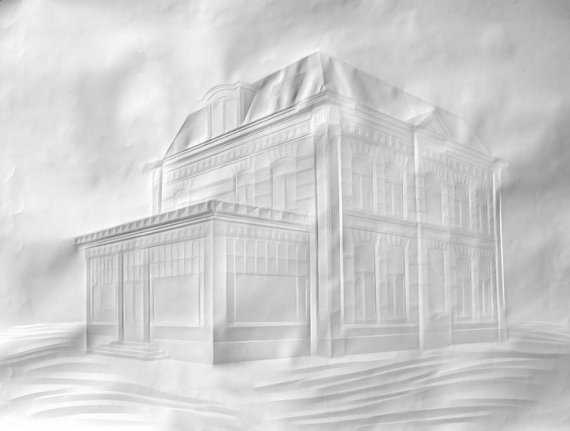
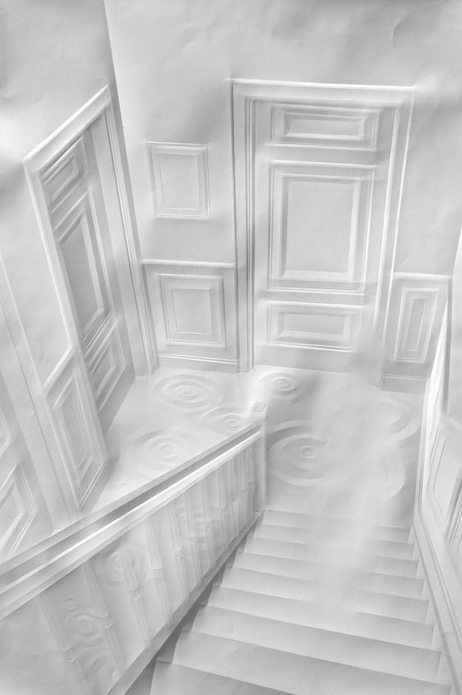
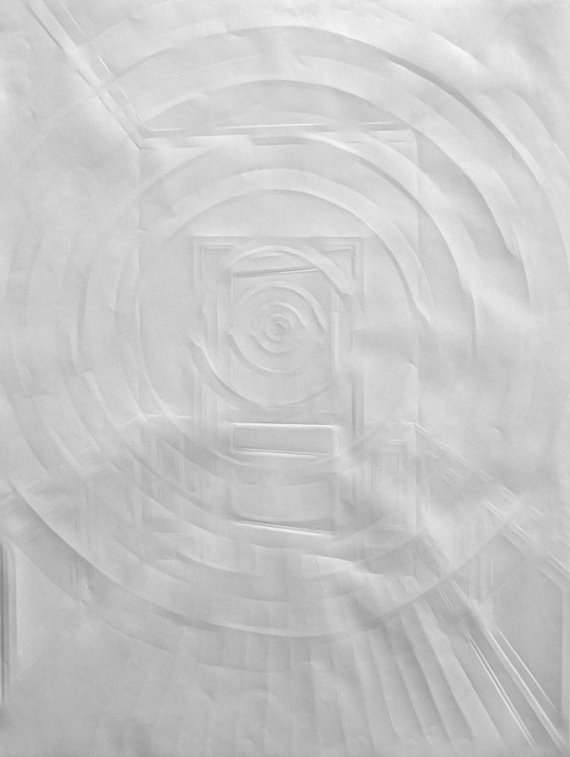

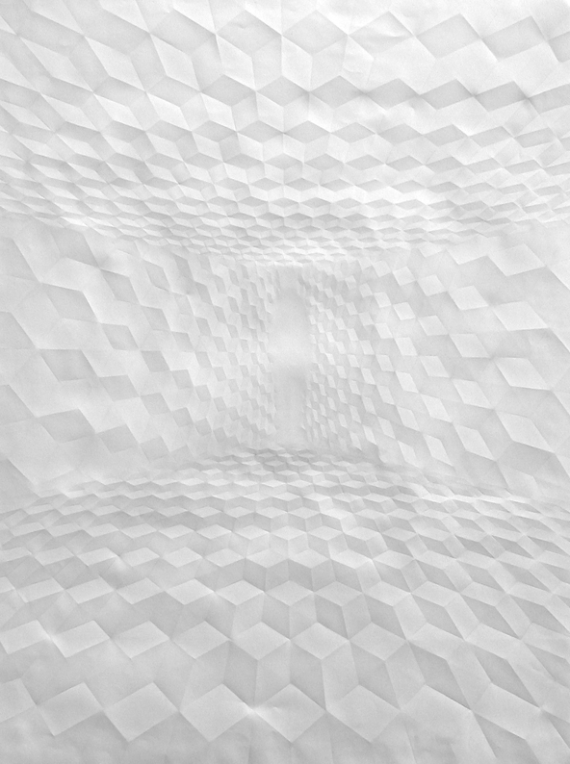
Here are some stunning images of the Seed Cathedral and UK Pavillion, designed by Thomas Heatherwick for the 2010 Shanghai World Expo.
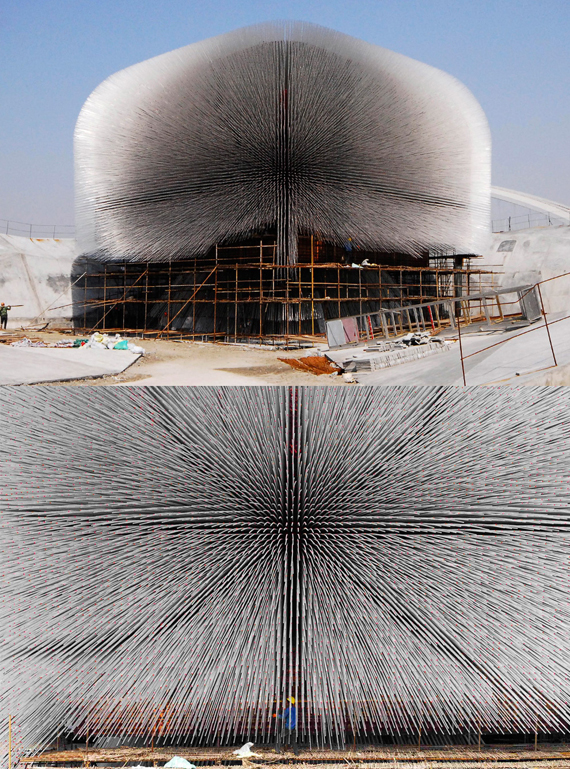
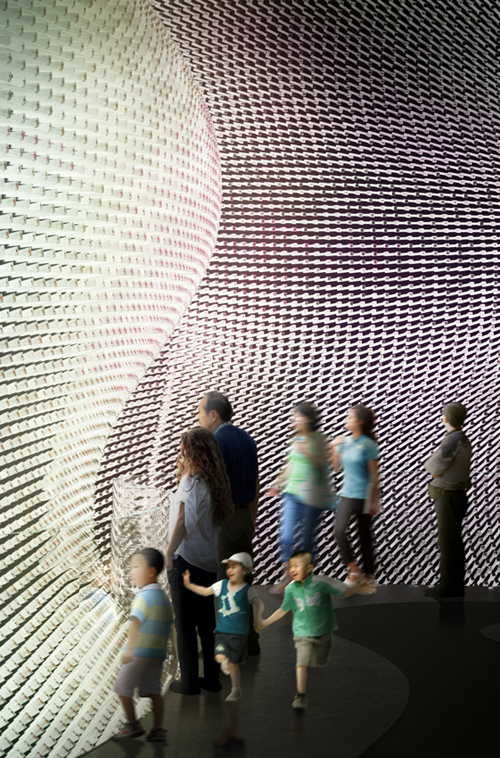
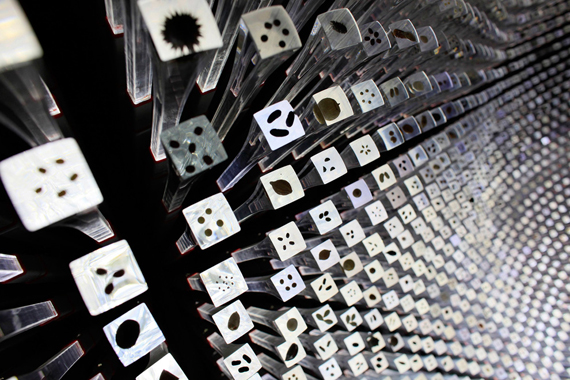

 Roller-coaster, by Ilkka Halso, 2004.
Roller-coaster, by Ilkka Halso, 2004.
 Museum I, by Ilkka Halso, 2003.
Museum I, by Ilkka Halso, 2003.
 Kitka-river, by Ilkka Halso, 2004.
Kitka-river, by Ilkka Halso, 2004.
 Theater I, by Ilkka Halso, 2003.
Theater I, by Ilkka Halso, 2003.
From Ilkka Halso's press release for Museum of Nature:
IN ORDER TO PROTECT AND RESTORE NATURE WE NEED STRONGER MEANS. ILKKA HALSO HAS CONTINUED HIS CONQUEST IN ORDER TO SAVE THE WORLD. HE PRESENTS PLANS FOR BRIGHTER AND MORE DURABLE MILLENNIUM.
Museum of Nature is next step in continuum of imaginative nature restoring project, which started year 2000 as Restoration exhibition. Restoration series was about restoring single nature objects in means of technology and building skills. Museum project takes one step further. I make plans and construct visually buildings, which protect nature from treaths of pollution and what is more important from actions of man himself. I visualize shelters, massive buildings where big ecosystems could be stored as at present. These massive building protect forests, lakes and rivers from pollution and what is more important from actions of man himself. At the same time I study different aspects of mans relation to nature as rare unique endangered place. While putting nature into a museum you have to take under consideration aspect of audience/consumer. Nature becomes joyride for turists or beautyfull landscape turns into a meditative theatre show. Project is based on pessimistic vision of what is happening on earth. I am looking into future and I am not very happy about that. I am considering these pictures more as visual pamphlets than estetical images. Digital process is constantly present in the works. I am combining freely photographs of landscapes and computer genereted 3D-models. Works are visualized building plans, plans I rather not want to see realized.
— Ilkka Halso

Mur Island, by Acconci Studio, 2003. Graz, Austria.

Proposal for a New World Trade Center, by Acconci Studio, 2002.

House of Cars #2, by Vito Acconci, 1988.


Kryžių Kalnas ("the Hill of Crosses") is a site of pilgrimage about just north of the city of Šiauliai, in northern Lithuania. The exact origins are unknown, but it is considered that the first crosses were placed on the former Jurgaičiai or Domantai hill fort after the 1831 Uprising. Over the centuries, not only crosses, but giant crucifixes, carvings of Lithuanian patriots, statues of the Virgin Mary and thousands of tiny effigies and rosaries have been brought here by Catholic pilgrims. The number of crosses is unknown, but estimates put it at about 55,000 in 1990 and 100,000 in 2006.
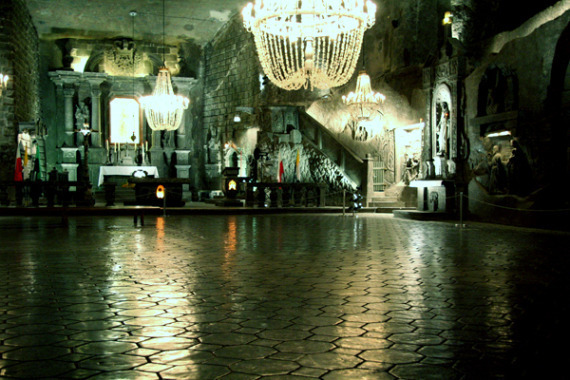
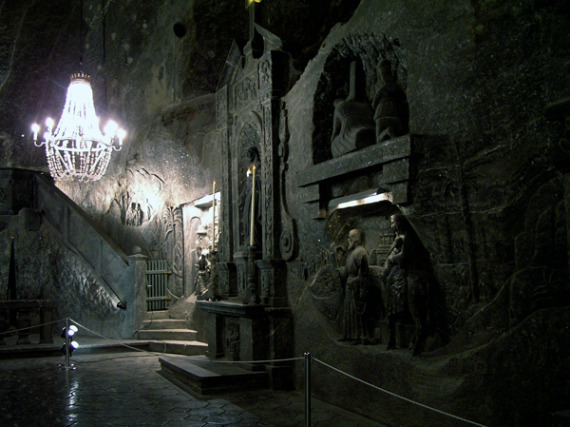
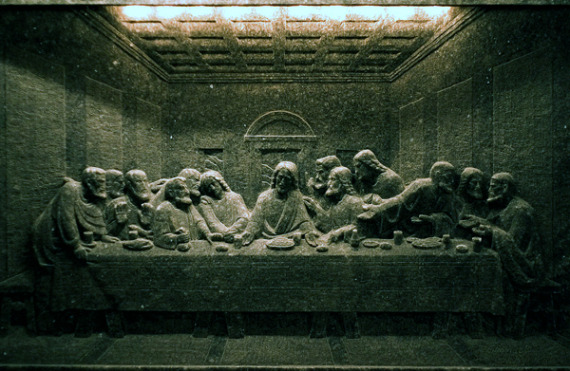
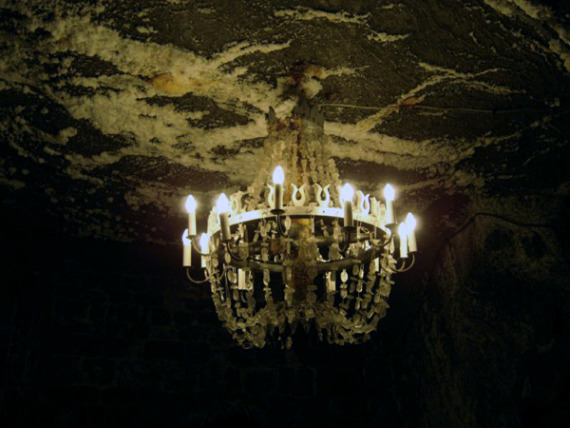
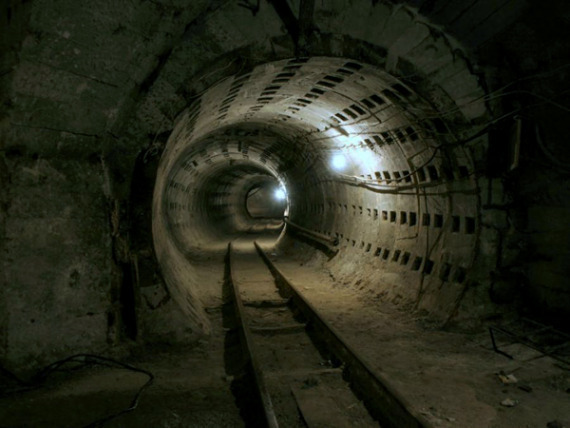
The Wieliczka Salt Mine, near the Polish city of Krakow, is a salt mine that has been in continuous operation since the 13th century, and still is producing table salt today. The mine stretches to a depth of 327 meters and is more than 300 km long. In addition to its purpose as a mine, Wieliczka features a oturist route lined with statues of historical and mythical figures (all of them sculptured out of salt by miners), chambers and chapels lined with salt crystal chandeliers, underground lakes, and exhibits showing the history of salt-mining.
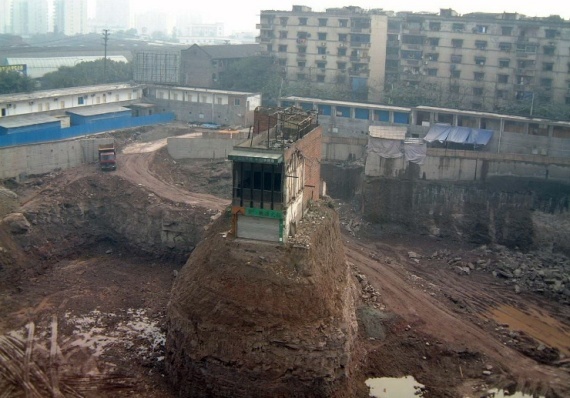

A nail house (钉子户 dīngzihù) is a Chinese neologism for homes belonging to people (sometimes called "stubborn nails") who refuse to make room for development. The term, a puncoined by developers, refers to nails that are stuck in wood, and cannot be pounded down with a hammer. (Wikipedia)